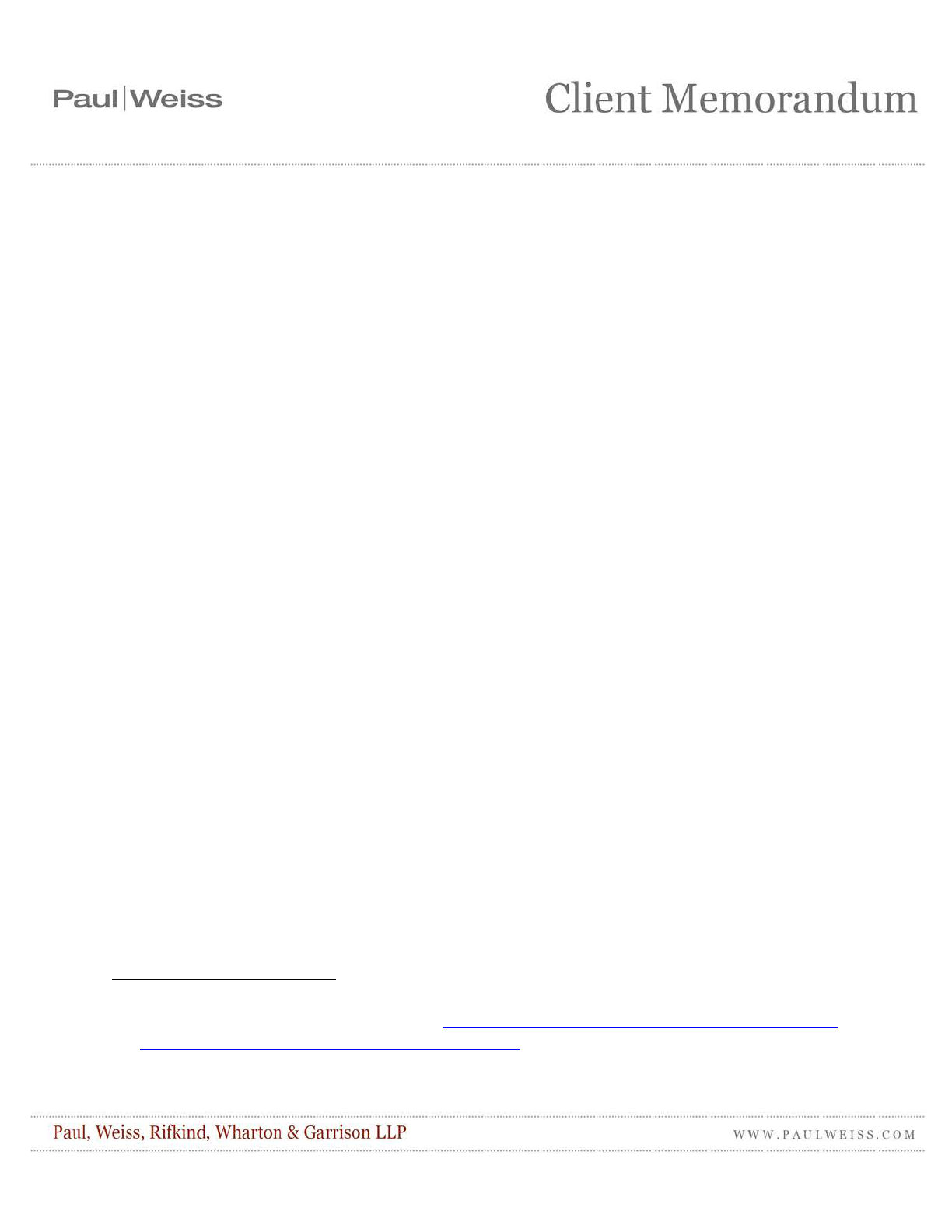
© 2020 Paul, Weiss, Rifkind, Wharton & Garrison LLP. In some jurisdictions, this publication may be considered attorney advertising.
Past representations are no guarantee of future outcomes.
May 19, 2020
COVID-19 Update: New York State Guidance on Reopening
Businesses
Under New York State’s reopening plan (the “NY Forward Reopening Plan”), non-essential businesses in
each of the State’s 10 regions can begin reopening once the region in which they are located meets the seven
metrics established by the State to protect public health.
1
Each region which meets the public health
requirements will reopen its businesses on a staggered timeline in four phases. Every business is required
to develop a written Safety Plan and comply with industry-specific guidelines issued by New York State.
This memorandum summarizes relevant guidance issued by New York State under the NY Forward
Reopening Plan for employers.
I. Key Takeaways
Non-essential businesses in New York State should monitor the NY Forward Reopening Plan website
and applicable Executive Orders to determine when their industry is eligible to reopen in any relevant
location.
All businesses—both essential and non-essential—should develop a written COVID-19 Reopening
Safety Plan, by using New York State’s Safety Plan template (the “Safety Plan template”) or drafting
their own plan. The plan should be kept on the premises and be made available to health and safety
authorities in the event of an inspection.
Essential and non-essential businesses should review and affirm their obligations to comply with
industry-specific guidelines on the NY Forward Reopening Plan website. Currently, guidelines for
Phase One industries are available on the website; guidelines for other industries will soon be available.
1
See Press Release, Governor Andrew M. Cuomo, “Amid Ongoing COVID-19 Pandemic, Governor Cuomo Announces Five
Regions Will Begin Reopening Today” (May 14, 2020),
https://www.governor.ny.gov/news/amid-ongoing-covid-19-pandemic-
governor-cuomo-announces-five-regions-will-begin-reopening-today.

2
II. NY Forward Reopening Plan
Under the NY Forward Reopening Plan, a region may start reopening its Phase One industries once it meets
the State’s seven health and safety metrics.
2
For regions currently not eligible for reopening, New York
State’s Executive Order imposing in-person restrictions on non-essential businesses remains in effect.
3
Once a region becomes eligible for reopening, businesses in that region will be permitted to reopen in
phases, with at least two weeks between each phase.
4
Phase One: construction, agriculture, forestry, fishing and hunting, select retail for curbside pickup and
drop-off or in-store pickup only, manufacturing and wholesale trade;
Phase Two: professional services, retail, administrative support, real estate/rental & leasing;
Phase Three: restaurant/food services;
Phase Four: arts/entertainment/recreation and education.
Non-essential businesses can use the Business Reopening Lookup Tool on the NY Forward Reopening
website to determine when they can reopen, and what mandatory public health and safety standards will
apply.
5
Every business—both non-essential businesses that reopen and essential businesses that continue in-
person operations—is required to develop a written COVID-19 Reopening Safety Plan, outlining how it will
prevent the spread of COVID-19 in the workplace. Businesses may satisfy this requirement either by using
the Safety Plan template or drafting their own plans. Each business must retain its plan on the premises
and make it available to the New York Department of Health (the “DOH”) or local health or safety
authorities in the event of an inspection. Businesses in certain industries are required to conspicuously post
2
See New York State, Industry Reopening by Phase, https://forward.ny.gov/industries-reopening-phase. As of the date of this
Memorandum, six of the State’s 10 regions (Central New York, Finger Lakes, Mohawk Valley, North Country, Southern Tier
and Western New York) have met the seven metrics required to begin reopening.
3
Executive Order No. 202.31 (May 14, 2020), https://www.governor.ny.gov/news/no-20231-continuing-temporary-suspension-
and-modification-laws-relating-disaster-emergency. The four regions which have not yet met the criteria for reopening are:
Capital Region, Long Island, Mid-Hudson and New York City.
4
See NY Forward: A Guide to Reopening New York & Building Back Better, at 56,
https://www.governor.ny.gov/sites/governor.ny.gov/files/atoms/files/NYForwardReopeningGuide.pdf
5
New York State, New York Forward Business Reopening Lookup Tool, https://www.businessexpress.ny.gov/app/nyforward.
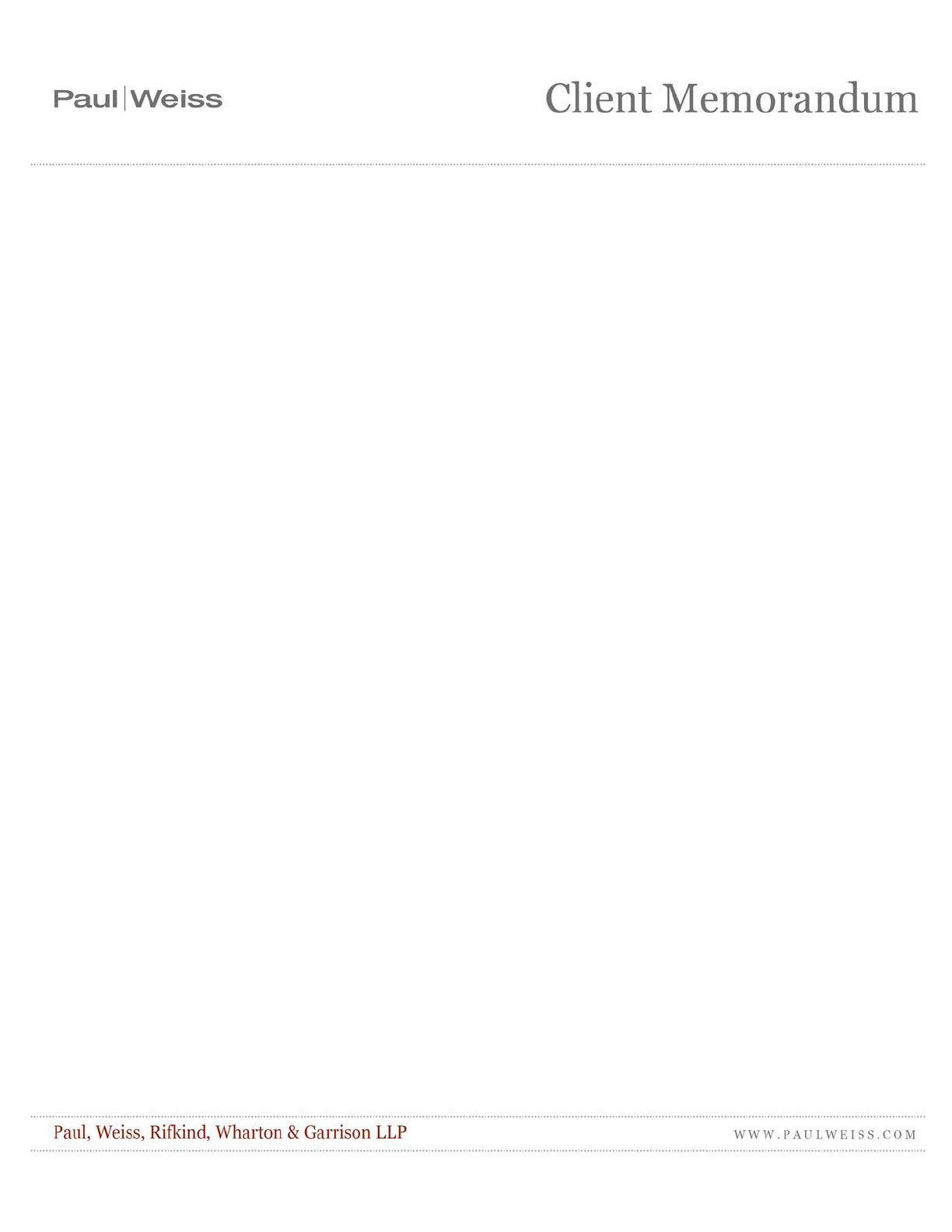
3
the completed Safety Plan. All businesses must agree to take the specific measures set forth in the Safety
Plan template to ensure that the business and its employees comply with the following requirements:
Physical Distancing Requirements
Ensure six feet of distance between employees to the extent possible. Any time personnel are less than
six feet apart from one another, acceptable face coverings must be worn. Develop and implement
measures to ensure the safety of employees when physical distancing is not feasible and to manage
industry-specific physical social distancing (e.g., shift changes, lunch breaks).
Tightly confined spaces must be occupied by only one individual at a time, unless all occupants are
wearing face coverings and occupancy is kept under 50% of maximum capacity.
Post social distancing markers using tape or signs that denote six feet of spacing in commonly used and
other applicable areas of the workplace.
Limit in-person gatherings as much as possible and use tele- or video-conferencing whenever possible.
Essential in-person gatherings should be held in open, well-ventilated spaces with appropriate social
distancing among participants.
Establish designated areas for pick-ups and deliveries, limiting contact to the extent possible.
Develop a plan for implementing physical distancing requirements with respect to customers and
visitors.
Personal Protective Equipment (“PPE”) & Hygiene and Cleaning Requirements
Provide employees with an acceptable face covering at no cost to the employee and have an adequate
supply of replacements. Develop a policy for ensuring that PPE is appropriately cleaned, stored and/or
discarded. PPE may not be shared and must be cleaned or replaced after use or when damaged or soiled.
Limit the sharing of objects and discourage touching of shared surfaces without gloves, sanitizing or
hand washing before and after contact.
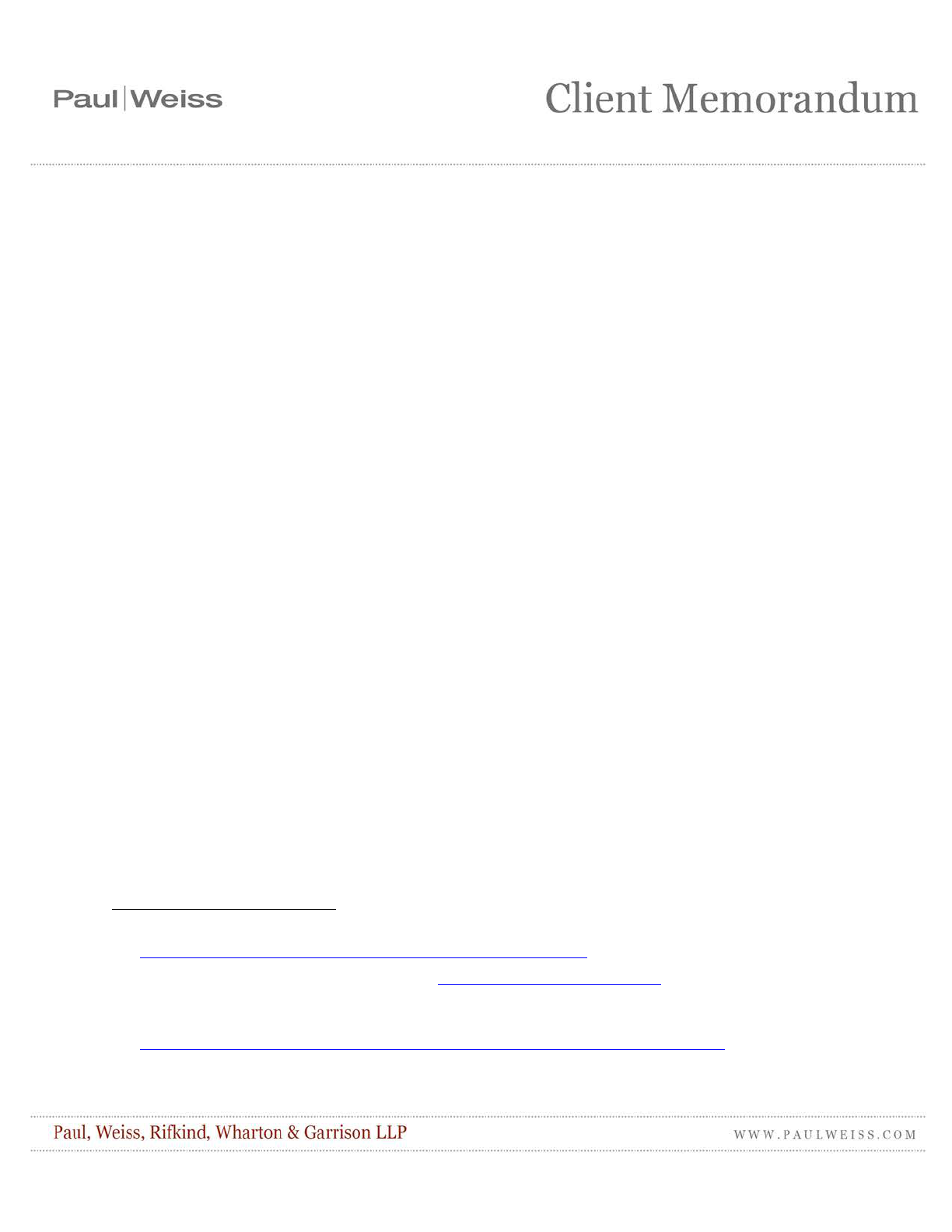
4
Comply with hygiene and sanitation requirements from the Centers for Disease Control and Prevention
(the “CDC”)
6
and the DOH
7
and maintain cleaning logs on site that document date, time and scope of
cleaning.
Provide and maintain hand hygiene stations for employees and conduct regular cleaning and
disinfection of the workspace at least after every shift, daily or more frequently as needed, and frequent
cleaning and disinfection of shared objects and surfaces, as well as high-transit areas.
Communication Requirements
Post signage throughout the site to remind employees to adhere to proper hygiene, social distancing
rules, appropriate use of PPE and cleaning and disinfecting protocols.
Establish a communications plan for employees, visitors and customers with a consistent means to
provide updated information.
Maintain a continuous log of every person, including workers and visitors, who may have close contact
with other individuals at the work site or area, excluding deliveries that are performed with appropriate
PPE or through contactless means and customers who may be encouraged to provide contact
information to be logged but are not mandated to do so.
If an employee tests positive for COVID-19, immediately notify state and local health departments and
cooperate with contact tracing efforts.
Screening, Contact Tracing and Disinfection Requirements
Implement mandatory health screening assessment (e.g., questionnaire, temperature check) before
employees begin work each day and for essential visitors, asking about (i) COVID-19 symptoms in the
preceding 14 days, (ii) positive COVID-19 tests in the preceding 14 days and/or (iii) close contact with
confirmed or suspected COVID-19 cases in the preceding 14 days. Assessment responses must be
reviewed every day and such review must be documented.
6
CDC, “Reopening Guidance for Cleaning and Disinfecting Public Spaces, Workplaces, Businesses, Schools, and Homes,”
https://www.cdc.gov/coronavirus/2019-ncov/community/reopen-guidance.html
.
7
New York State, “Information on Novel Coronavirus,” https://coronavirus.health.ny.gov/home. New York City has also issued
guidance for cleaning and disinfecting workplaces. See NYC Health, “COVID-19: General Guidance for Cleaning and
Disinfecting for Non-Health Care Settings” (Apr. 16, 2020),
https://www1.nyc.gov/assets/doh/downloads/pdf/imm/disinfection-guidance-for-businesses-covid19.pdf.
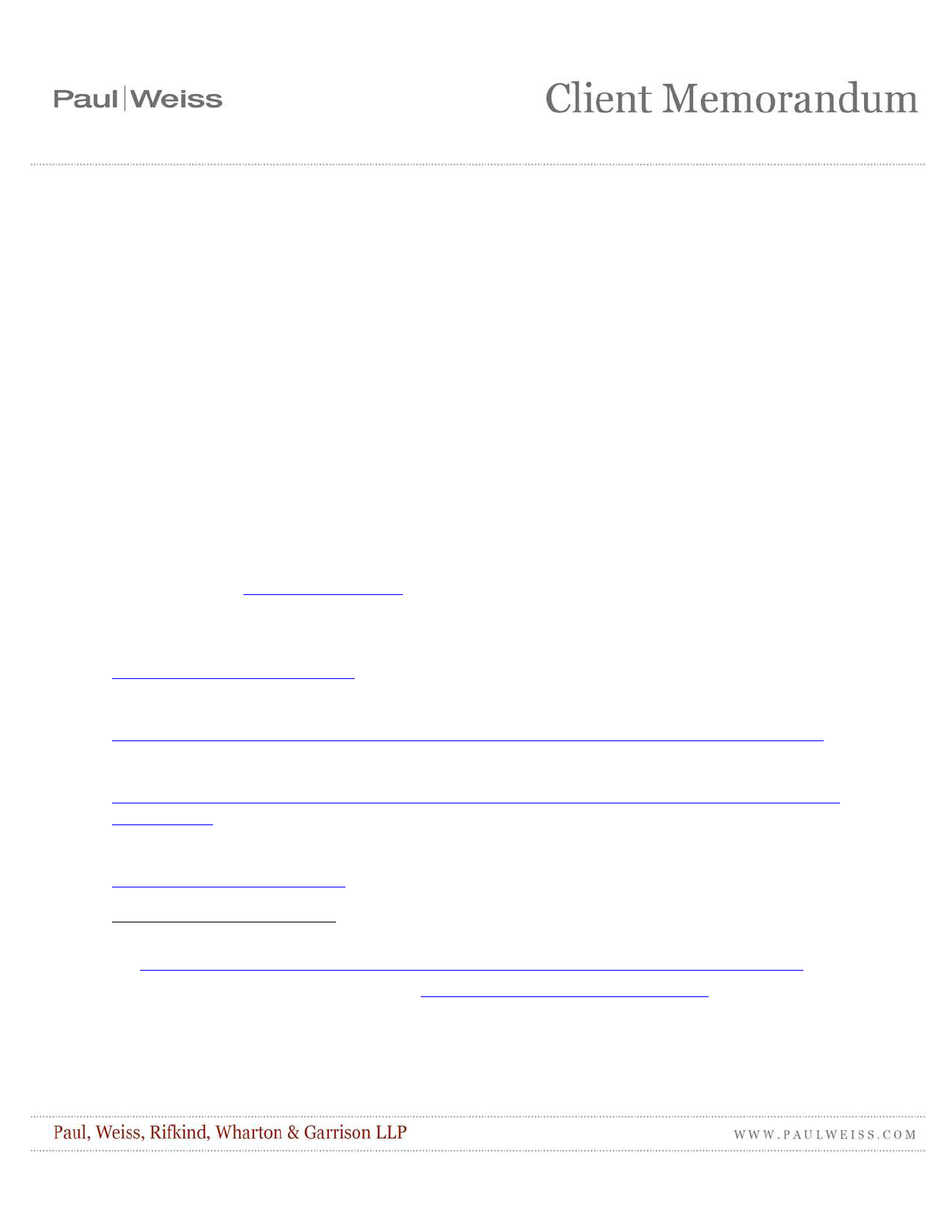
5
Develop a plan for cleaning, disinfection and contact tracing in the event an employee tests positive for
COVID-19.
8
New York State has created a process for individuals, including customers, to file a complaint against a
business for failing to comply with Executive Orders and restrictions on business operations and activities
during the COVID-19 pandemic.
9
Separately, employees may also file a complaint against their employer
based on working conditions with the New York State Department of Labor.
Industry-Specific Guidance
Importantly, New York State is also issuing industry-specific guidelines, applicable to essential and non-
essential businesses.
10
Both industry-specific summary and detailed guidelines are posted on the NY
Forward Reopening Plan website. Businesses must read and affirm the detailed guidelines applicable to
their industry through the website. Businesses should consult the NY Forward Reopening Plan website and
applicable Executive Orders on a periodic basis to stay abreast of industry-specific guidance. Industry-
specific guidance for Phase One industries is currently available on the website, and relevant guidance for
Phase Two, Three and Four industries is expected shortly.
11
Please refer to our April 27 Memorandum
for a more detailed discussion of considerations for employers
as they prepare for a return to the workplace.
The New York State website on the NY Forward Reopening Plan can be found here:
https://forward.ny.gov/ny-forward
.
The New York State Guide on the NY Forward Reopening Plan can be found here:
https://www.governor.ny.gov/sites/governor.ny.gov/files/atoms/files/NYForwardReopeningGuide.pdf
.
The Safety Plan template can be found here:
https://www.governor.ny.gov/sites/governor.ny.gov/files/atoms/files/NYS_BusinessReopeningSafetyPla
nTemplate.pdf.
New York State’s FAQ on how the NY Forward Reopening Plan may impact a business can be found here:
https://esd.ny.gov/nyforward-faq
.
8
New York State Department of Health, “NY Forward Business Re-Opening Safety Plan Template,”
https://www.governor.ny.gov/sites/governor.ny.gov/files/atoms/files/NYS_BusinessReopeningSafetyPlanTemplate.pdf
.
9
See New York State, Industry Reopening by Phase, https://forward.ny.gov/industries-reopening-phase.
10
See id.
11
See id.
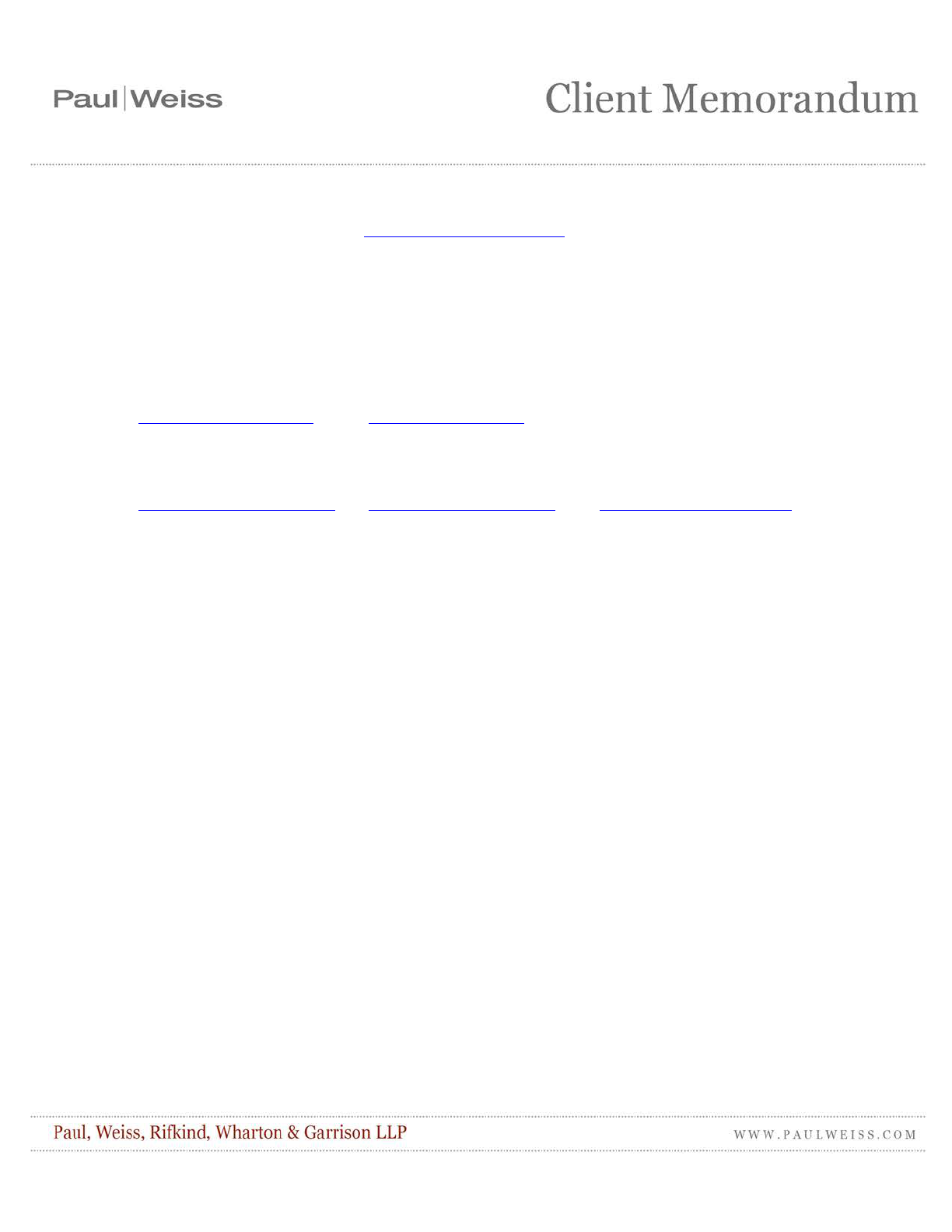
6
For additional resources and real-time updates regarding new legal developments in connection with
COVID-19, please visit Paul, Weiss’s Coronavirus Resource Center
.
* * *
This memorandum is not intended to provide legal advice, and no legal or business decision should be based
on its content. Questions concerning issues addressed in this memorandum should be directed to:
Jeh C. Johnson
+1-212-373-3093
jjohnson@paulweiss.com
Brad S. Karp
+1-212-373-3316
Loretta E. Lynch
+1-212-373-3000
Jean M. McLoughlin
+1-212-373-3135
jmcloughlin@paulweiss.com
Liza M. Velazquez
1-212-373-3096
lvelazque[email protected]
Lawrence I. Witdorchic
+1-212-373-3237
lwitdorchic@paulweiss.com
Counsel Maria Helen Keane and Associate Leah J. Park contributed to this Client Memorandum.
